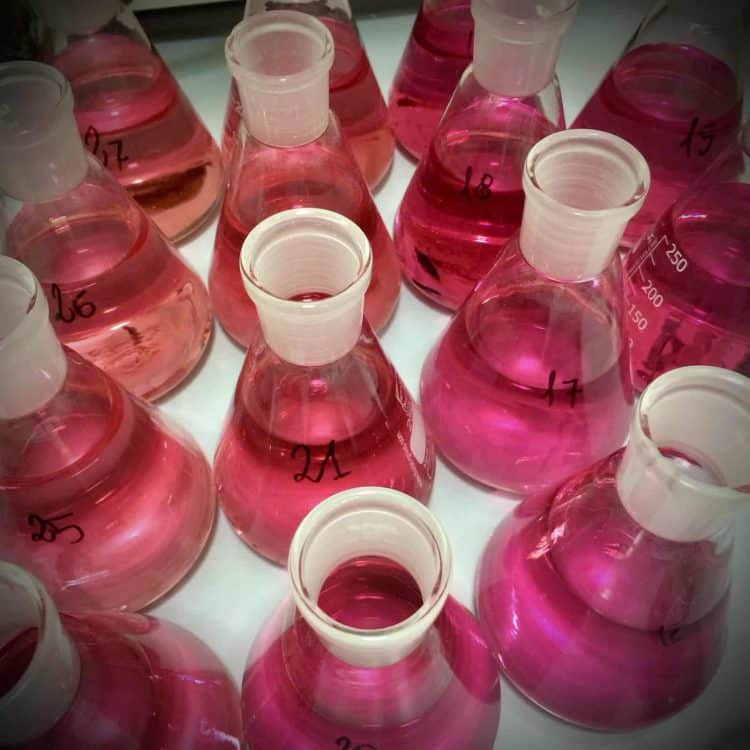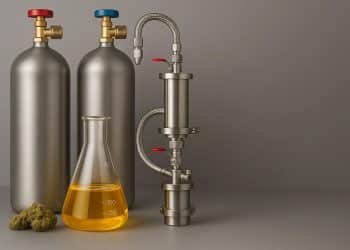Chromatography is a versatile method to separate compounds from a mixture. The process is based on the different interaction of components for two phases: one stationary phase packed into a chromatographic column and the other mobile moving towards a defined direction. The mixture is dissolved into the mobile phase which then carries it through the stationary phase: the constituents of the mixture will travel through the stationary phase at different speeds, causing them to separate from one another. Each mixture constituent will behave differently on the chromatographic column depending on its particular chemical structure defining its affinity for the two phases indicated by the partition coefficient. The different retention time, thus the different travel time of the mixture constituents across the column, will allow the isolation and purification of the desired fraction: the retention time is peculiar for each compound in a particular chromatographic setting. [1]
The resolution represents the measure of the separation between two substances eluted with different retention time, and it is one of the parameters indicating the performance of the chromatographic process. Diameter and length of the chromatographic column can affect the resolution and should be adjusted depending on the sample volume. Moreover also high temperatures can improve compounds solubility in the mobile phase leading to a faster elution but also to a possible poor purification.
Depending on the purpose it is possible to distinguish between analytical and preparative chromatography: while the analytical technique is focusing on the qualitative and quantitative analysis of a mixture to reveal the presence and the ratio of compounds on small scale samples, the goal of preparative chromatography is to obtain sufficient quantities of compounds from larger scale samples at a required purity with the highest throughput and the lowest price.
Analytical chromatography is crucial to implement existing purification methods and it is often the initial step to assess the best parameters for large scale purifications.
The main chromatographic techniques in preparative chromatography are gas chromatography (GC), liquid chromatography (LC), and high performance liquid chromatography (HPLC). [2]
At the present time, the latter one is considered as the most powerful and versatile tool for purification in pharmaceutical industry: HPLC systems can operate on large numbers of samples and they are equipped with UV detectors capable of recognizing the fractions in which is present the desired purified molecule. In the case of charged compounds such as proteins and nucleic acids, the preparative chromatographic method used is capillary electrophoresis. [3]
Preparative systems have a capacity ranging from few grams (laboratory scale) up to hundreds of kilograms (industrial scale). Compounds isolated and purified from the impurities through preparative chromatography can be used as food supplements, active pharmaceutical ingredients (API), raw materials for further processes and for other various applications.
References:
[1] Georges Guiochon (2002). Preparative liquid chromatography. Journal of Chromatography, 965(1-2), 129–161.doi:10.1016/s0021-9673(01)01471-6 [Journal Impact Factor = 1.618] [Tims cited = 423]
[2] Verette, E. (2000) CHROMATOGRAPHY_Automation, Encyclopedia of Separation Science, 343–352. doi:10.1016/b0-12-226770-2/01101-7
[3] Alois Jungbauer (1993). Preparative chromatography of biomolecules , Journal of Chromatography 639(1), 3–16. doi:10.1016/0021-9673(93)83082-4 [Journal Impact Factor = 1.618] [Tims cited = 83]
Image: chromatographic fractions Picture Sabina Pulone












